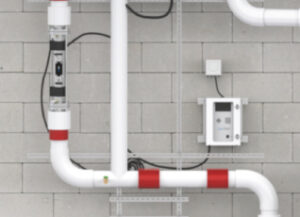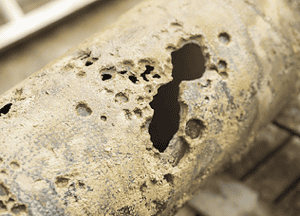Stenotrophomonas maltophilia is a bacteria found in moist environments and plumbing systems and is the cause of a wide range of illnesses such as bacteremia, pulmonary infections, urinary tract infections, meningitis, and as several others. In most cases, Stenotrophomonas maltophilia transmission occurs when patients come into contact with hospital equipment that has not been adequately sterilized. This includes catheters, breathing tubes, and IV lines. Sometimes a patient may become infected after bathing in water containing the Stenotrophomonas bacteria.
Why is it dangerous?
This infection has a high mortality rate, especially in individuals with compromised immune systems. Its high resistance to standard oxidant treatments such as chlorine makes the pathogen even more hazardous. Compounding the danger is that Stenotrophomonas maltophilia treatment with antibiotics is complex due to the infection’s resistance. It is essential to determine whether the patient is suffering from bacterial colonization in which they are asymptomatic or a full-blown infection such as Stenotrophomonas pneumonia.
How can it be prevented?
Understanding the most common Stenotrophomonas maltophilia causes is essential to formulate a mitigation strategy. This microorganism needs the nutrients in biofilm to survive and proliferate. LiquiTech® Copper-Silver Ionization system can stop the bacteria in its tracks before it has a chance to take hold in your facility.
Our technology kills Stenotrophomonas maltophilia and other types of bacteria rather than simply suppressing them the way other treatments do. The process involves injecting pipes with positively charged copper and silver ions, which form an electrostatic bond with negatively charged sites on the microorganisms’ cell walls. This makes it impossible for the pathogens to absorb what they need to survive from biofilm, resulting in a quick death.
Copper-Silver Ionization requires no harsh chemicals and produces no harmful byproducts, making it one of the safest and most eco-friendly solutions for preventing an outbreak. It causes no corrosion, so your plumbing will be left in the same condition as before the treatments were applied. Because the process doesn’t rely on water temperature to work, it can be used throughout a building without any loss of efficacy.
Information from:


